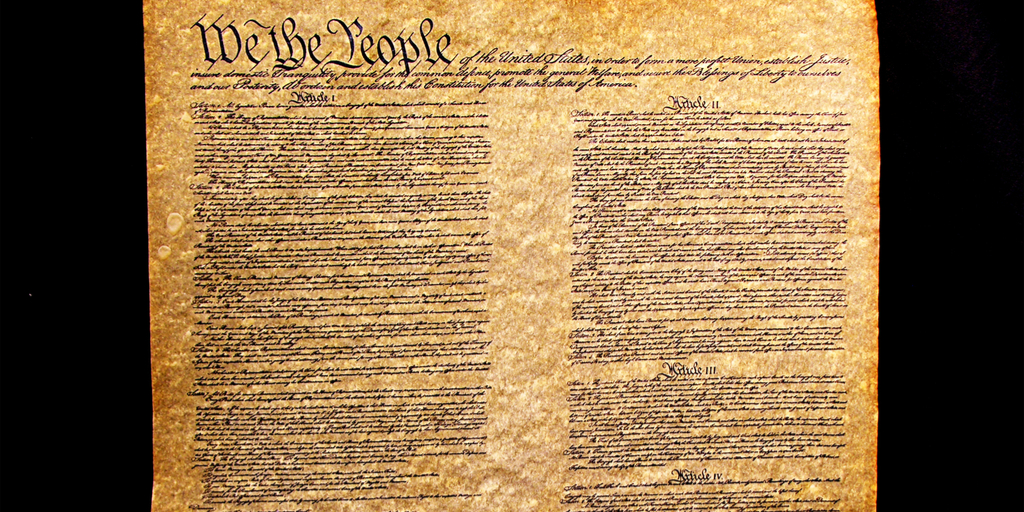While Congress can add justices to the Court, it can only do so if its act is “necessary and proper.”
How Old is Originalism?
Michael Greve recently published a piece entitled Originalism as Ideology which criticizes originalism and argues that it may have “run its course.” Greve’s essay covers a lot of ground, but I thought it might be useful to discuss one key aspect of it that is of wider concern: how old is originalism?
According to Greve, originalism was born approximately in 1982 as a means of combatting Warren Court judicial activism. He believes that in some ways it has been stupendously successful, but it is time to move on.
But is this right? In my view, Originalism is not a thirty seven year old ideology, but a legal idea that is as old as the Constitution. The main interpretive approaches at the time of the Constitution’s ratification were originalist. First, Alexander Hamilton’s interpretive approach was originalist. Under original methods originalism – which in my view is the best originalist approach – one should look to the interpretive rules that existed at the time to discern its original meaning. As Hamilton said in 1791, “whatever may have been the intentions of the framers of a constitution, or of a law, that intention is to be sought for in the instrument itself, according to the usual and established rules of construction.” Using the conventional methods was the dominant approach in the early years.
The principal competing approach was that of Thomas Jefferson, which viewed the Constitution as a compact among the states. Jefferson’s approach was also originalist. He argued that one should look to the original intent as evidenced by the actions of the ratification conventions. Significantly, Jefferson also was arguing for applying the conventional methods at the time – he simply believed that different conventional methods applied because he thought of the Constitution not as fundamental law, but as a compact among the states.
Thus, originalism was dominant from the beginning. And it continued to be dominant through the Civil War. At some point after the Civil War, it began to weaken a bit. Finally, it was exiled through a combination of the Progressive criticisms of the Constitution and New Deal court packing. By the 1940s, originalism was dead. At first, it was replaced by a form of judicial restraint, and then by Warren Court judicial activism. Neither of these approaches was friendly to originalism.
Eventually, some people opposed to these movements – especially Warren Court activism – came to settle on originalism and the modern originalism that Greve talks about emerged. But it is a mistake to see this emergence as the birth of originalism. Instead, it was an attempt to rediscover originalism.
It has taken some time for a genuine originalism to be rediscovered (what Greve refers to as originalism being “repeatedly reformulated”). But this should not be surprising. Originalism had been dormant for many years. And when it became active again, it faced many obstacles. Besides figuring out the historical methods for determining the original meaning, one needed to figure out how to apply these methods to a Constitution that was no longer a generation or two old, but that had been in existence for more than two centuries. So modern interpreters needed to figure out how to discover the meaning of older words from a different legal world. And originalism also needed to defend itself against a modern academy that was filled with theoretical arguments for different positions.
So modern originalism has changed a bit over its 37 years. But that is all understandable when one realizes it is merely seeking to rediscover the original method for interpreting the Constitution and to defend those methods against modern critiques.
Greve says it is time to recognize that originalism has passed its period of usefulness. By contrast, I would say it is time to recognize what modern originalism is and that it is attempting to restore the original methods for interpreting our Constitution.



